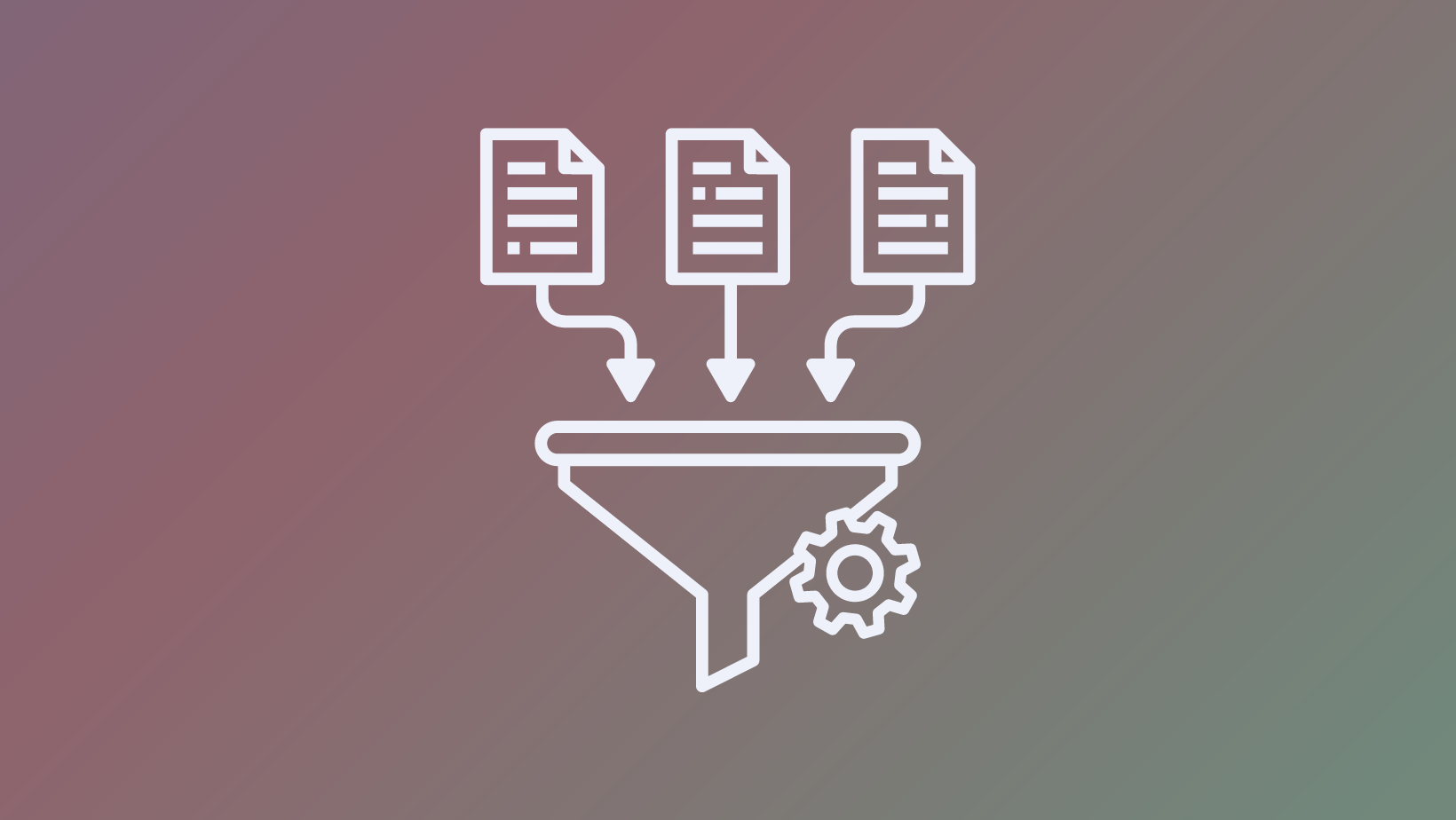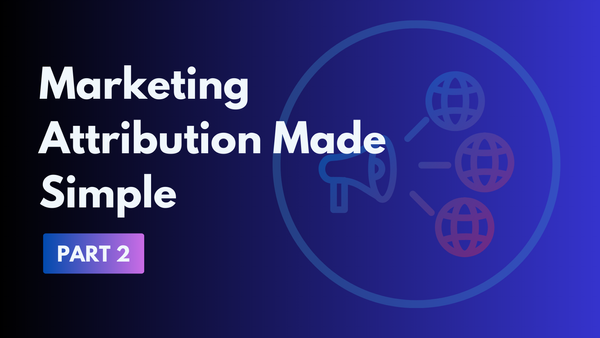A Beginner's Guide to Unified Measurement in Creative Strategy and Media Buying
Unified Measurement in digital marketing has been spoken about for ages; but what exactly does this mean? How can you apply it?

In the rapidly evolving landscape of digital marketing, the integration of creative strategy with media buying through unified measurement frameworks is becoming increasingly essential.
This approach allows marketing teams to seamlessly evaluate and optimize their campaigns by merging various metrics, thus gaining a clearer understanding of what drives success.
Here’s why unified measurement is a game-changer for marketers and how it can revolutionize campaign strategies.
Centralizing Data for Clarity and Efficiency
The first step towards effective unified measurement is the consolidation of data. This means bringing all campaign data into a centralized location to create a single source of truth.
This consolidation allows for quicker, more informed decision-making that drives optimal results.
Building Comprehensive Marketing Models
Unified measurement frameworks are not just about data consolidation but also about integrating various analytical models such as incrementality tests, attribution models, and marketing mix models.
These models help understand the interactions between different marketing channels and optimize the overall strategy.
The goal is to foster continuous growth and maximize ROI by having a holistic view of media performance and channel interactions.

Adapting to New Privacy Regulations and Data Disruptions
With increasing data privacy regulations and the phasing out of third-party cookies, marketers need a measurement framework that can adapt to these changes without losing its effectiveness.
Modern unified measurement solutions employ advanced techniques like Bayesian modeling to integrate various data sources and methodologies into a cohesive model that can adjust to new data privacy landscapes.
Providing Actionable Insights for Tactical and Strategic Decisions
An effective unified measurement system provides detailed, actionable insights that are crucial for both tactical and strategic decision-making.
This involves identifying performance lifts across critical KPIs and optimizing media spend based on these insights.
The framework supports decision-making for both digital and traditional media campaigns, offering a comprehensive view of their impact.
Ensuring Continuous Improvement and Agility
In today's fast-paced marketing environment, agility is key. Unified measurement frameworks support continuous testing and learning, enabling brands to remain agile and responsive to market conditions.
This ongoing measurement and adaptation ensure that marketing strategies are not only effective but also relevant and timely.
Conclusion
As the digital marketing world continues to evolve, the ability to effectively integrate and understand the vast amounts of data available becomes increasingly important.
Unified measurement not only enhances the ROI of marketing campaigns but also ensures that strategies are adaptable and future-proof. By embracing this comprehensive approach, marketers can ensure their strategies are both effective and aligned with the latest market and regulatory changes.
For any marketing team looking to optimize their strategies and truly understand their campaign dynamics, investing in a robust unified measurement framework is essential.





